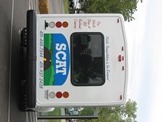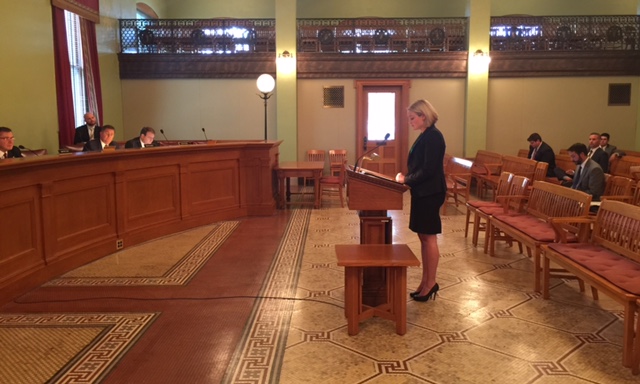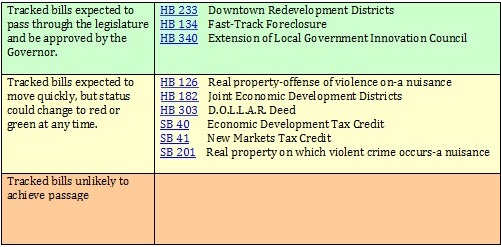By Sheldon K. Johnson, Urban Revitalization Project Specialist In 2010 the Greater Ohio Policy Center, along with the Brookings Institution’s Metropolitan Policy Program, published Restoring Prosperity: Transforming Ohio’s Communities for the Next Economy. This report is a comprehensive blueprint for transitioning Ohio into an economy that is export-oriented, lower-carbon, and innovation-fueled. Ohio’s metropolitan areas— encompassing urban, suburban, and rural places— are home to the necessary resources that will lead the state into the next economy. GOPC’s Restoring Prosperity agenda is focused on advocating for state and local initiatives that will leverage these prosperity drivers.
One recommendation from the Restoring Prosperity report was to create a state-level “Walkable Waterfronts” initiative that supports local efforts to revitalize urban riverways and lakefronts. In recent years two Ohio cities celebrated the opening of waterfront parks that seek to boost their downtown revitalization initiatives. In May of 2012 the first phase of the John G. & Phyllis W. Smale Riverfront Park opened in Cincinnati and this past week the Scioto Greenways Park opened in Columbus.
These two projects are fantastic examples of leveraging Ohio’s natural resources as prosperity drivers. Numerous studies show that urban greenspaces are important amenities that have the potential to yield economic benefits in addition to tremendous environmental and social benefits.
Cincinnati and Columbus are only two of the metropolitan areas in Ohio with idyllic waterways. Cities ranging from Toledo to Marietta to Hamilton to Youngstown are built on waterways that present opportunities for recreational use, quality of life enhancement, and economic development. GOPC celebrates the progress being made, but will continue to advocate for walkable waterways throughout the state.











